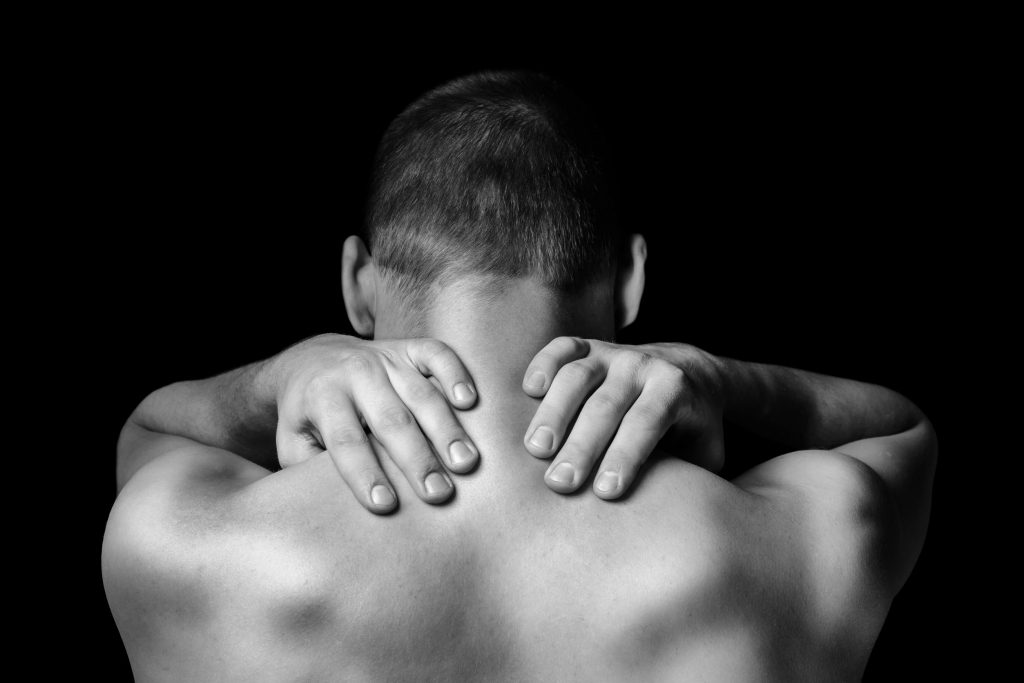I’m heading out to Kansas City today for The Fitness Summit.
My boy, Shane McLean, was kind enough to send along this stellar article extolling the merits of “reaching” and how it can help make your shoulders not hate you.
Enjoy!

Reaching: The Underrated Key to Key to Shoulder Health
When you’ve lifted weights for any length of time (I’m assuming you do because you read this site) you’ve probably had some type of shoulder injury. They suck as hard as a mother in law getting all up into your business.
And as a result, your gains and patience grind to a halt.
The shoulder is a shallow ball and socket joint that has the incredible ability to move in multiple directions. This allows you to lift humongous weights, throw baseballs and footballs really fast or to do the wave when you’re bored out of your mind at a baseball game.
All that mobility is great, but the shoulder needs stability too. The four muscles of the rotator cuff work hard to keep this ball and socket joint in a vertical position no matter you do to your shoulder.
However, the rest of the stability equation is up to you by getting the muscles around the shoulder girdle strong. This is (usually) achieved by doing variations of pushes, pulls, shoulder raises and planks.
Push-Up Palooza
Pull-Up Palooza
Meathead Palooza
Even when you minimize the risk of injury by doing the right things, the occasional shoulder injury can happen while lifting because sometimes we (yes me too) can get a little over ambitious.
However, there’s one little movement that most lifters neglect to do that can help prevent niggly shoulder injuries from occurring at all.
Do you what it is?
Reach, baby, reach.
What were you, thinking? More bicep curls?
Reaching is a movement that you perform every day. You reach for
- the food in the fridge
- the food in the pantry
- the door
- the dumbbells to do more curls
Adding a reach while performing pushes and pulls is important for your shoulder health because this allows the shoulder blades to move across your ribcage as intended.
The muscle that allows this magic to happen is the often neglected and unloved Serratus Anterior. This a broad muscle that wraps around the ribcage and acts to stabilize the scapula by holding it against the back of the thoracic wall.
In other words, it’s kind of a big deal.
When you’re lifting in the horizontal plane with exercises such as one arm cable chest presses/ rows or pushups, the Serratus Anterior main job is to protract/abduct the shoulder blades.
Now if the Serratus didn’t do its job correctly, then the scapula doesn’t move around the ribcage like it should (scapular winging) and muscular imbalances and mobility limitations may result.
And nobody has time for that.
However, just by adding a simple reach to a horizontal push or pull will help strengthen the Serratus and take your shoulders through a fuller range of motion which makes for happier shoulders and maybe a happier mother in law.
You can only hope.
Reaching vs. Rounding
Reach and Row
The simple act of adding a reach has huge implications for your shoulder health and strength and it’s an easy movement to add to your lifting repertoire.
The Serratus also plays a vital role in scapulohumeral rhythm as an outward rotator of the scapula that allows your arms to get into an overhead position. This is vital for lifting weights overhead and for reaching for anything above your shoulders.
If the Serratus is inhibited in any way, the body will find a way to perform the movement regardless and that faulty pattern over a period of time may lead to pain and dysfunction. This usually occurs in the upper traps, neck and lower back.
Stop for a moment and see if you can raise your arms above your head, getting your biceps by or behind your ears without your ribcage coming forward or your lower back over arching.
This test is best performed in front of a mirror without a shirt on. I thought you’d like that.
Now, if you can that’s great but if you can’t, try foam rolling the lats and performing some Serratus wall sides and then re testing your shoulder mobility for any improvement.
Serratus Wall Slide Variations
However, even if you don’t have any problems in that department, performing the Serratus wall slide is still a fantastic warm up and mobility exercise for your shoulders.
Wrapping Up
Taking care of the shoulders is imperative when you’re crushing the weights because you probably don’t think about the health of your shoulders until it’s way too late.
However, by showing a little love and affection to the Serratus Anterior, you can keep lifting pain-free and stay off the Physical Therapists table to boot.
Therapy, who has time for that?
About the Author
Shane “The Balance Guy” McLean, is an A.C.E Certified Personal Trainer working deep in the heart of Texas. Shane believes in balancing exercise with life while putting the fun back into both.


